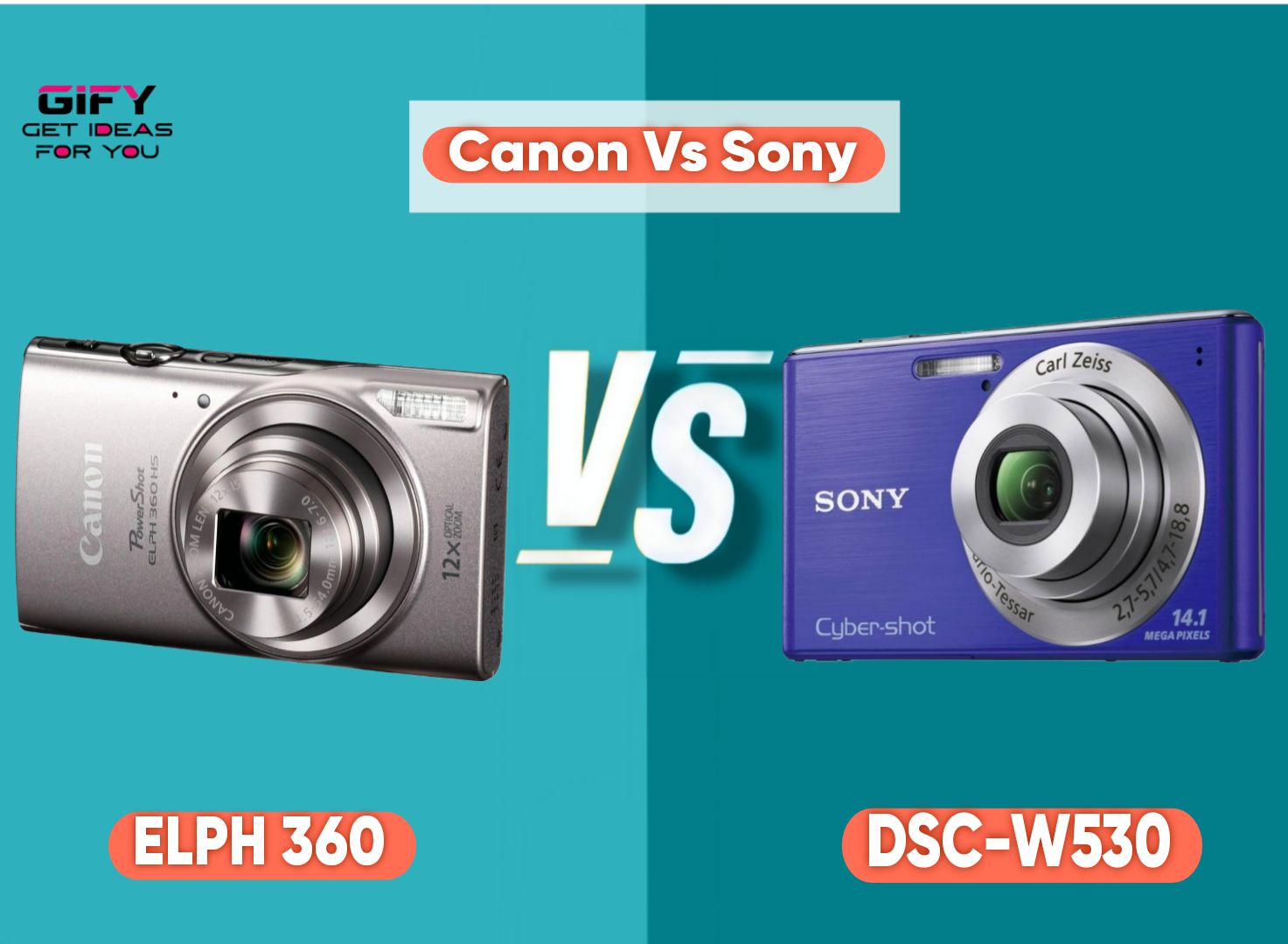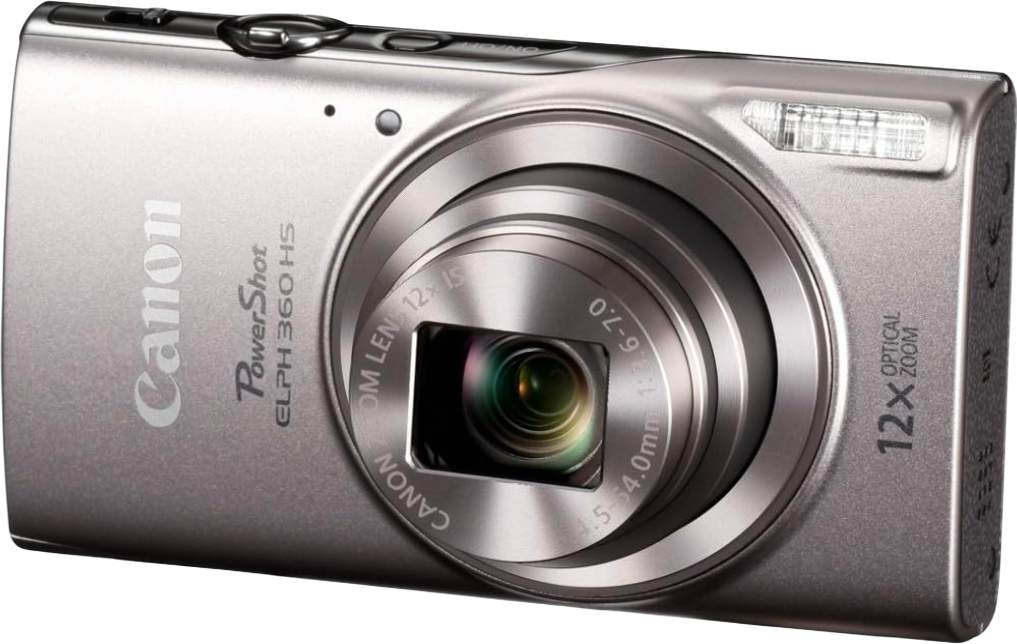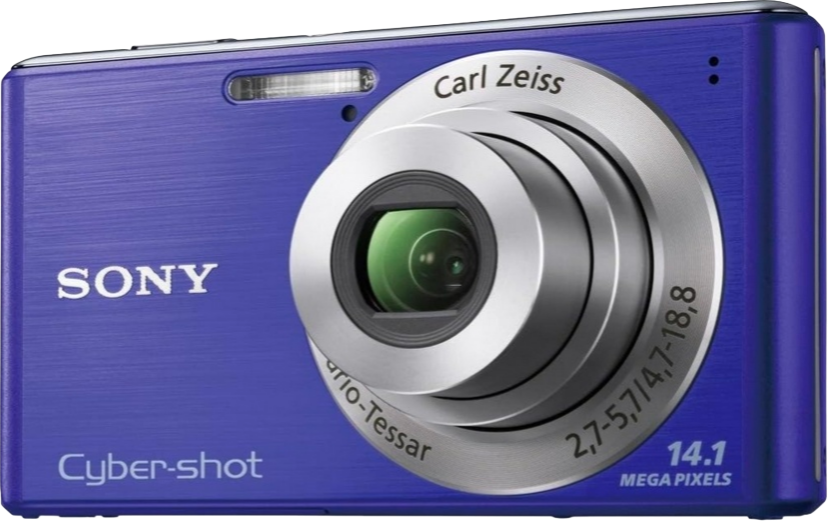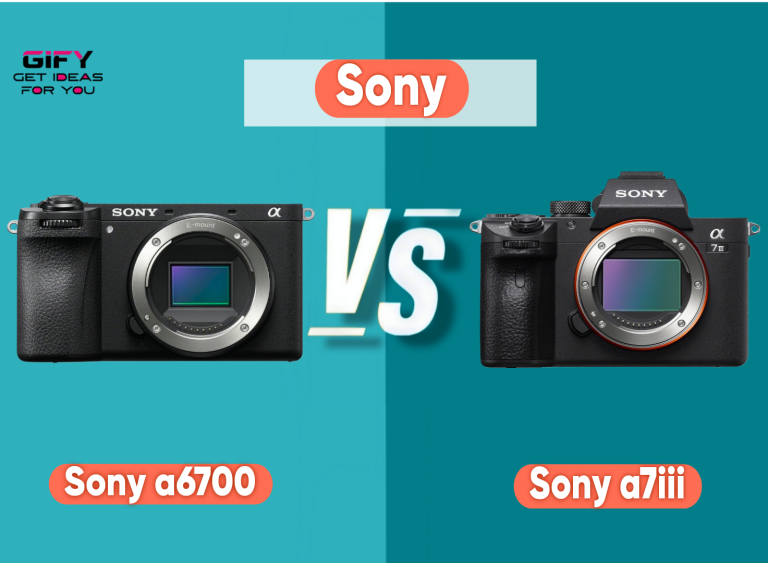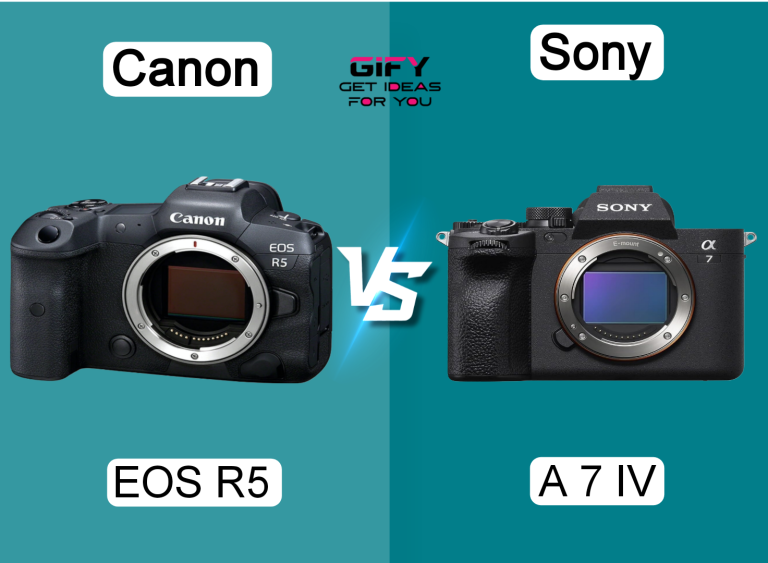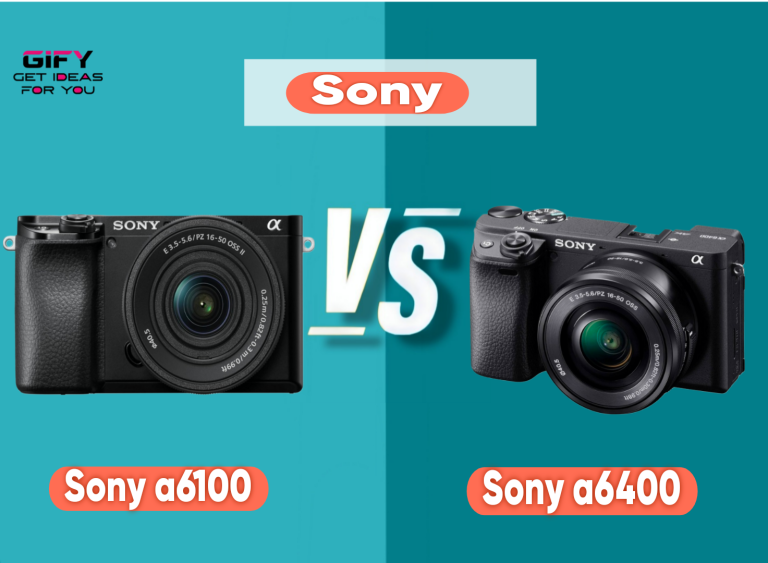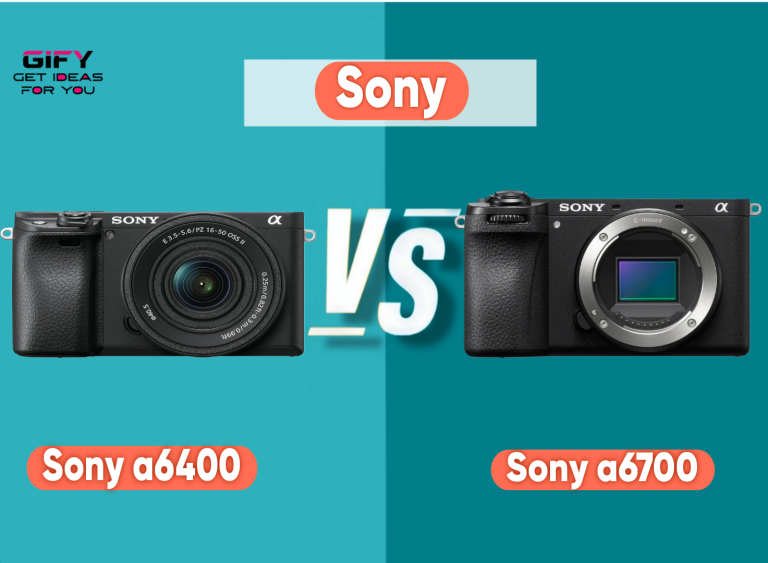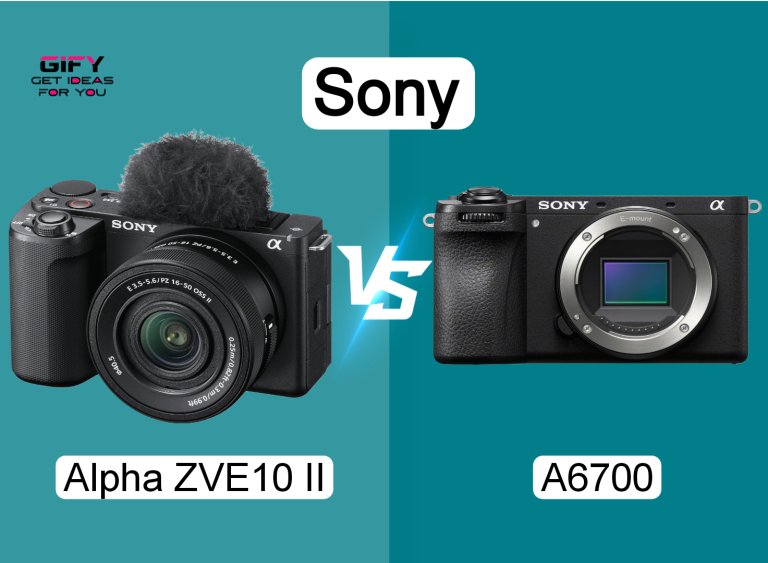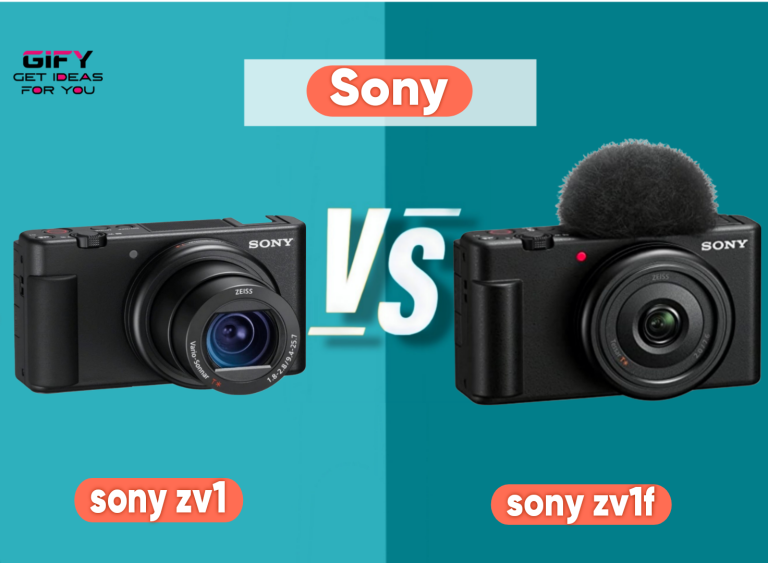Canon PowerShot vs Sony Cyber Shot—two popular compact cameras that appeal to photography lovers who want portability, style, and performance. Both brands have earned their reputation through years of innovation, and these two models stand as fine examples of what point-and-shoot cameras can achieve. This detailed comparison will help you understand how each camera performs, what makes them different, and which one fits your shooting needs best.
Compact digital cameras have come a long way from being simple snapshot devices. The Canon PowerShot ELPH 360 and Sony Cyber-Shot DSC-W530 are lightweight, user-friendly, and capable of capturing sharp, colorful images. They both cater to travelers, casual photographers, and anyone who prefers the ease of a pocket-sized camera over bulkier DSLRs or mirrorless systems. Yet, under their sleek designs, each model carries unique technology that influences how your photos and videos turn out.
This comparison focuses on critical areas such as sensor performance, zoom capability, image stabilization, and connectivity. It also highlights their real-world usability—how they handle daily photography, from quick family shots to scenic landscapes. Understanding these details ensures you invest in a camera that matches your lifestyle and creative goals.
By the end of this guide, you’ll know exactly how the Canon PowerShot ELPH 360 and Sony Cyber-Shot DSC-W530 stack up in key features like image quality, zoom range, stabilization, and smart modes. Whether you love capturing travel moments or need a compact backup camera, this side-by-side breakdown will make your decision easier and more confident.
Canon PowerShot ELPH 360 – Smart Precision
The Canon PowerShot ELPH 360 is a compact powerhouse designed to deliver sharp images with minimal effort. Its 12x optical zoom and optical image stabilizer allow you to capture distant subjects without worrying about blur. The 20.2-megapixel CMOS sensor works in tandem with Canon’s DIGIC 4+ image processor, producing vivid results even in low light. This makes it a reliable option for everyday photography and travel adventures alike.
Detailed Overview
The ELPH 360 packs impressive versatility into a pocketable design. Its 12x optical zoom lets you move from wide-angle group shots to tight close-ups without losing detail. The built-in optical image stabilizer effectively reduces camera shake, especially at higher zoom levels. Canon’s 20.2 MP CMOS sensor combined with the DIGIC 4+ processor produces crisp, colorful images across various lighting conditions.
The large 3.0-inch LCD screen makes framing and reviewing photos easy, even from awkward angles. Built-in Wi-Fi and NFC simplify sharing photos and videos directly to your smartphone or printer. You can upload your memories instantly or transfer them for editing without using cables. The camera also shoots 1080p Full HD video, ensuring smooth, detailed clips that look great on large screens.
Canon includes several creative modes to enhance the fun side of photography. Hybrid Auto records short video clips before each shot, compiling them into a mini highlight reel. The Creative Shot mode applies artistic filters automatically to give you multiple unique versions of the same scene. With Story Highlights, the camera can even create mini movies with transitions and background music based on your images and clips.
What Is Good
The ELPH 360 shines with its image clarity, zoom range, and smart connectivity. The 12x zoom outperforms most compact competitors in this size. Canon’s image stabilization system is excellent, compensating for both angular and shift shake. Wi-Fi and NFC make it incredibly easy to share content, which is ideal for travelers who don’t want to wait until they’re home to post photos. The hybrid modes and auto video highlight features give a personal, creative edge to your captures.
What Is Bad
While the ELPH 360 performs well for still photography, the zoom feature doesn’t function during video recording, which limits flexibility in movie mode. The camera can occasionally struggle with fast-moving subjects, causing minor distortion or focus issues. Battery life is average, so carrying a spare is advisable for long trips. Also, it lacks advanced manual controls, which may disappoint experienced photographers looking for more customization.
Overall Verdict
The Canon PowerShot ELPH 360 delivers a strong balance of performance, features, and style. It’s perfect for anyone who values portability and image quality in one compact device. Despite its few limitations, it excels at capturing vibrant photos effortlessly and sharing them instantly. For family moments, travel photography, and creative snapshots, the ELPH 360 remains a solid, smart choice.
Sony Cyber-Shot DSC-W530 – Everyday Simplicity
The Sony Cyber-Shot DSC-W530 focuses on simplicity, making it ideal for beginners and casual users. It features a 26mm wide-angle lens with 4x optical zoom, letting you capture expansive landscapes or close portraits with ease. The 14.1-megapixel sensor ensures detailed shots, while Sony’s intelligent Auto (iAuto) mode automatically adjusts settings for the best possible image in any scene.
Detailed Overview
The DSC-W530 is compact, lightweight, and built for quick, hassle-free shooting. Its 26mm wide lens is perfect for capturing broad landscapes and large group photos without stepping back too far. With 4x optical zoom, you can easily bring subjects closer while maintaining good sharpness. Sony’s SteadyShot image stabilization helps minimize camera shake, ensuring your images stay crisp even at slower shutter speeds.
One of the key highlights of this model is the Sweep Panorama Mode. With just one sweep of the camera, it stitches multiple shots together automatically to produce stunning panoramic images. This feature is ideal for capturing beaches, mountain ranges, or city skylines with immersive width and detail. The Face Detection and Smile Shutter technologies ensure portraits look natural and well-timed—perfect for candid family shots or social gatherings.
The camera’s iAuto mode simplifies the shooting process by analyzing the scene and selecting optimal settings like exposure, contrast, and focus. This makes the W530 extremely beginner-friendly. The camera also records VGA video, suitable for quick clips and sharing online. The interface is intuitive, and navigation through menus feels quick and responsive.
What Is Good
The W530’s simplicity is its greatest strength. It’s effortless to use, light enough to fit into any pocket, and quick to power up. The Sweep Panorama feature is impressive for its time, and the face/smile detection adds convenience to portrait photography. SteadyShot stabilization works well for handheld shots, and iAuto ensures consistent results without manual tweaking. For those who want straightforward shooting without technical complications, this camera fits the bill.
What Is Bad
The 4x zoom is modest compared to competitors like Canon’s 12x range. The VGA video recording quality feels dated, lacking the detail modern users might expect. Image sharpness drops slightly in low light, and color tones can appear softer compared to Canon’s vivid rendering. Connectivity is limited—there’s no Wi-Fi or NFC support, meaning images must be transferred via cable. The absence of advanced controls may also restrict creative flexibility for some users.
Overall Verdict
The Sony Cyber-Shot DSC-W530 stands out for its ease of use and reliable everyday performance. It’s a true point-and-shoot camera—ideal for users who want simplicity without sacrificing decent image quality. While it lacks modern connectivity and higher zoom, it still delivers pleasing photos in good light and offers handy automatic features. For casual photographers and travelers seeking a no-fuss experience, the W530 remains a smart, budget-friendly option.
Common Features
Both the Canon PowerShot ELPH 360 and Sony Cyber-Shot DSC-W530 share several traits that make compact cameras practical and enjoyable for all levels of photographers. Below is a breakdown of their shared highlights and how these features enhance your photo-taking experience.
- Compact Design: Both cameras are ultra-portable, designed to fit comfortably in a pocket or small bag. This makes them perfect for travelers or casual outings.
- Optical Zoom: Each model features optical zoom capability—Canon offers 12x, while Sony offers 4x. Both allow users to adjust composition without losing image quality.
- Image Stabilization: Both include stabilization technology to reduce blur caused by shaky hands. Canon uses Optical Image Stabilizer, and Sony employs SteadyShot stabilization.
- Automatic Modes: Both cameras emphasize easy operation through intelligent auto modes that adjust settings for the best exposure and focus automatically.
- Face Detection: Both systems can detect human faces to ensure proper focus and exposure, making portraits look natural and balanced.
- Lightweight Build: Weighing under 150 grams, both models are designed for effortless carry, proving that you don’t need heavy gear for beautiful shots.
- Creative Functions: Each offers creative options—Canon with its Hybrid Auto and Creative Shot modes, and Sony with its Sweep Panorama and Smile Shutter features.
- Ease of Use: Both cameras prioritize simplicity, providing clear menus and intuitive buttons suitable for beginners.
In short, the Canon PowerShot ELPH 360 leans toward modern connectivity and higher zoom, while the Sony Cyber-Shot DSC-W530 focuses on straightforward shooting and quick automatic features. They share a dedication to making photography accessible to everyone, ensuring great shots with minimal setup.
Related Article 🎀
Point 1: Interested in more compact camera comparisons? Check out our guide on Sony a6000 vs a6400 to see how higher-zoom models compete in image quality and versatility.
FAQs About Canon PowerShot vs Sony Cyber Shot
Which camera has better image quality?
The Canon PowerShot ELPH 360 generally delivers sharper and more vibrant photos thanks to its 20.2MP CMOS sensor and DIGIC 4+ processor. The Sony W530 performs well in good light but falls slightly behind in low-light situations.
Does either camera record HD video?
Yes, the Canon PowerShot ELPH 360 supports Full HD 1080p recording. The Sony Cyber-Shot DSC-W530, however, only records VGA video, which has lower resolution.
Which model has a stronger zoom capability?
The Canon PowerShot ELPH 360 has a significant edge with its 12x optical zoom compared to Sony’s 4x range. This makes it better for capturing distant subjects clearly.
Can I transfer photos wirelessly?
Only the Canon PowerShot ELPH 360 includes built-in Wi-Fi and NFC for quick sharing. The Sony Cyber-Shot DSC-W530 relies on wired transfer using a USB connection.
Which camera is better for beginners?
Both cameras are beginner-friendly, but the Sony W530 is simpler to operate. The Canon model, however, offers more room to grow with its creative features and better image processing.
Conclusion
Both the Canon PowerShot ELPH 360 and the Sony Cyber-Shot DSC-W530 bring compact photography within easy reach of everyone. They’re lightweight, stylish, and practical for daily snapshots, vacations, and family gatherings. The differences lie in their zoom power, connectivity, and feature sets.
If you prioritize advanced features, Wi-Fi sharing, and higher-resolution images, the Canon PowerShot ELPH 360 stands as the more powerful choice. It offers greater versatility with its 12x zoom, creative shooting modes, and Full HD video capabilities. This camera suits travelers and users who enjoy experimenting with various styles and compositions.
On the other hand, if simplicity and affordability are your top priorities, the Sony Cyber-Shot DSC-W530 won’t disappoint. It’s user-friendly, reliable, and delivers good image quality in daylight. For casual users or those new to digital cameras, it’s an excellent entry point. In the end, your choice between these two depends on whether you value smart features or pure ease of use—but either way, both models capture your moments beautifully.

